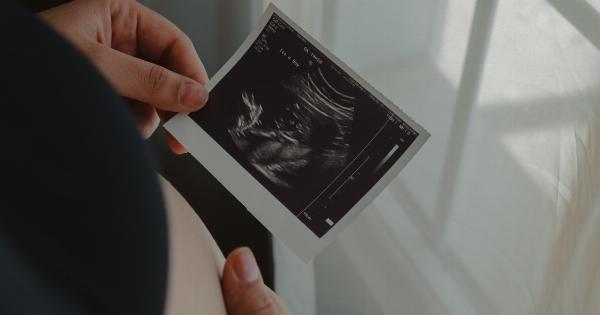Pregnancy is a precious and delicate time for a woman. It is a time of great excitement and anticipation, but it can also be a time of anxiety and worry, especially when complications arise.
One such complication is placenta previa, a condition that affects about 0.5% of pregnant women.
What is Placenta Previa?
The placenta is an organ that develops in the uterus during pregnancy. It is responsible for providing oxygen and nutrients to the developing fetus and removing waste products.
Placenta previa occurs when the placenta is located too low in the uterus and covers the cervix partially or completely. This condition can cause bleeding during pregnancy and labour, which can be life-threatening for the mother and the baby.
Types of Placenta Previa
Placenta previa can be classified into three types based on the severity and location of the placenta:.
Low-lying placenta
A low-lying placenta is when the placenta is located near the cervix but does not cover it. This condition is common in early pregnancy and usually resolves on its own as the uterus grows.
Partial placenta previa
A partial placenta previa is when the placenta partially covers the cervix. This condition can cause bleeding during pregnancy, especially in the third trimester, and can require bed rest or hospitalization.
Total placenta previa
A total placenta previa is when the placenta completely covers the cervix. This condition can cause significant bleeding during pregnancy and requires immediate medical attention.
In some cases, a cesarean delivery may be necessary to avoid further complications.
Cause of Placenta Previa
The exact cause of placenta previa is not known, but there are several risk factors that can increase a woman’s likelihood of developing this condition, including:.
- Previous placenta previa
- Multiple pregnancies
- Pregnancy through IVF
- Advanced maternal age
- Smoking and drug use during pregnancy
Symptoms of Placenta Previa
Placenta previa may not cause any symptoms in some women, but others may experience:.
- Heavy bleeding during pregnancy
- Cramping and contractions
- Low fetal movements
- Pressure in the pelvic region
It is essential to seek medical attention immediately if you experience any of these symptoms during pregnancy.
Diagnosis of Placenta Previa
Placenta previa can be diagnosed through an ultrasound scan, which can determine the location of the placenta in the uterus. In some cases, a transvaginal ultrasound may be required to get a more accurate view of the cervix and placenta.
Treatment of Placenta Previa
The treatment of placenta previa depends on the severity of the condition and the gestational age of the fetus. In some cases, bed rest and close monitoring may be recommended until the delivery of the baby.
In severe cases, hospitalization and blood transfusions may be required to manage bleeding. A cesarean delivery may be necessary if the placenta is completely covering the cervix to avoid further complications.
Placental Abruption
Placental abruption is another placental complication that can cause bleeding during pregnancy and labour. It occurs when the placenta detaches from the uterine wall before the delivery of the baby, which can deprive the fetus of oxygen and nutrients.
Placental abruption can be caused by trauma to the abdomen, high blood pressure, smoking, or drug use. The symptoms of placental abruption include vaginal bleeding, abdominal pain, contractions, and fetal distress. Immediate medical attention is required to manage this condition, which may involve blood transfusions and an emergency cesarean delivery.
Conclusion
Placenta previa and placental abruption are serious complications of pregnancy that can cause bleeding and endanger the lives of the mother and the baby.
It is essential to seek medical attention immediately if you experience any symptoms during pregnancy. With proper management and timely intervention, the risks associated with these conditions can be minimized, and a safe delivery can be achieved.




























